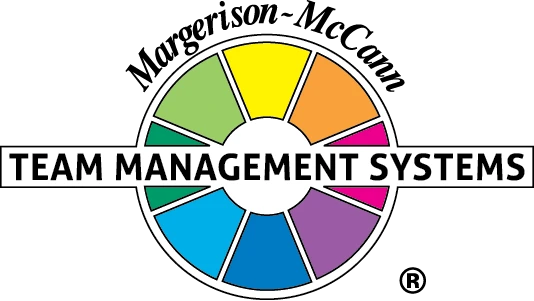Linking Skills
Linking Skills are the activities and behaviors that managers and others need to exhibit in order to successfully integrate and coordinate the work of a team. These skills were identified through extensive interviews with teams and team leaders worldwide. Data collected from, for example, banking teams, engineering teams, administrative teams, marketing teams, production teams, and research teams, in the private and public sectors, highlighted a number of common elements that were responsible for integrating a team into a coherent 'whole'.
People Linking Skills
Arranged around the outside of the model are the six People Linking Skills. These skills need to be implemented as part of the workplace behavior of the team leader and all team members, if a team is to be high-performing.
Active Listening - Linkers listen before deciding
Communication - Linkers keep team members up to date on a regular basis
Team Relationships - Linkers encourage respect, understanding, and trust among team members
Problem Solving and Counseling - Linkers are available and responsive to people's problems
Participative Decision Making - Linkers involve team members in the problem solving of key issues
Interface Management - Linkers coordinate and represent team members
Task Linking Skills
Inside the People Linking Skills are the five Task Linking Skills. These are essential to the key tasks of the leader and the more senior team members.
Objectives Setting - Linkers set achievable targets with the team but always press them for improved performance
Quality Standards - Linkers set an example and agree on high quality work standards with the team
Work Allocation - Linkers allocate work to people based on their capabilities and preferences
Team Development - Linkers develop balance in their team
Delegation - Linkers delegate work when it is not essential to do it themselves
Leadership Linking Skills
At the core of the Linking Leader Model are the two Leadership Linking Skills of Motivation and Strategy. Unless the leader has these skills and makes them part of their daily behavior then the team is unlikely to reach its full potential.
Motivation - Linkers inspire others to give their best
Strategy - Linkers devise effective action plans to achieve goals
Unless all Linking Skills are exercised effectively, a team may lose momentum and direction. The Linking Leader Profile Questionnaire (LLPQ) is especially designed for team leaders and it uses 78-items to assess all Linking Skills.

